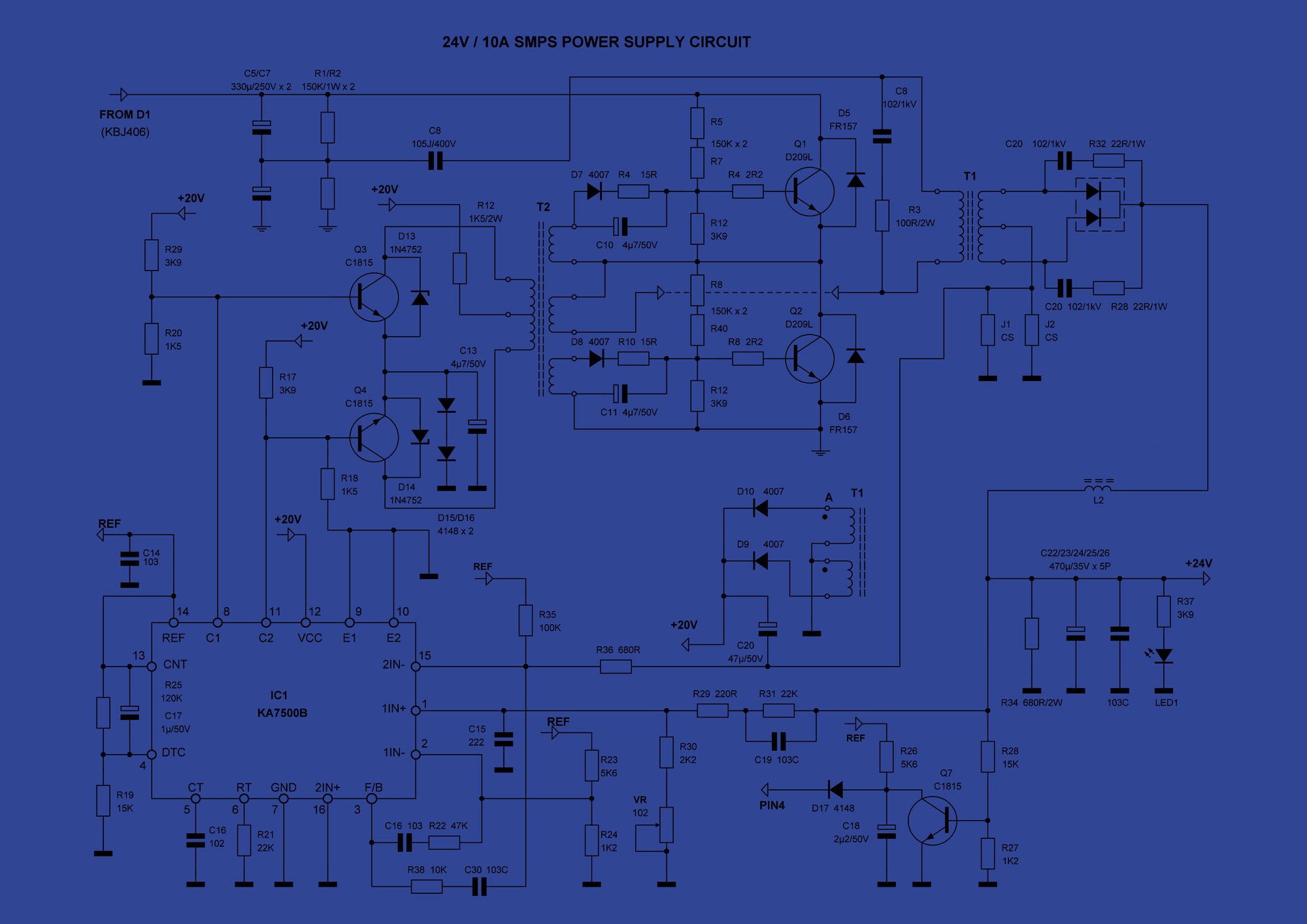

Start Here:
MIL-STD-461: “Requirements for the Control of Electromagnetic Interference Characteristics of Subsystems and Equipment”
MIL-STD-461 is one of the core EMC standards, having evolved with military applications since WWII. It is widely used in the aerospace and defense sectors.
MIL-STD-461 is a landmark document in the world of EMC standards, and there are a lot of other standards that derive from this one. The easiest place to find a copy of MIL-STD-461 (free, as most government standards are) is here, or the official site is here. The current edition is Rev G, and the working group for the standard is currently drafting Rev H.
MIL-STD-461 is more of a document that specifies test methods than a strict requirements document, and while it has suggested limits for many of the tests, in most cases those limits should be tailored. For general aerospace and defense projects MIL-STD-464 is the actual requirements document, and the tests in MIL-STD-461 are how you document compliance to the EMC requirements.
TIP:
Tailor, tailor, tailor! Beware of any project that simply tells you to “meet 461”--even accepting 461 as the overarching requirement, tailoring 461 is key for saving testing time and budget and not wasting resources designing to inappropriate or inapplicable requirements. I’ll discuss this more in articles dedicated to each test method.
TIP:
Read the appendices! More than most standards, the committee behind MIL-STD-461 documents background information for every section of the main document. This includes context, lessons learned, and why different changes have been made over time. There’s a wealth of information in there.
TIP:
MIL-STD-461 does not have a requirement to perform testing in a certified lab. While many of the labs that have the equipment needed to perform 461 testing are certified (to ISO, by ANLAB or A2LA, etc), that is not required. Testing in an uncertified lab or your own facility is allowed as long as you can meet the test equipment and test reporting requirements.
